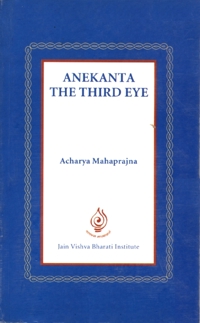
The chariot of time moves at an unrestrained pace. It has two sides, day and night. The chariot of life is also moving. It has two cycles: hope and despair. Day is full of light and night is dark. Hope is light and despair is pitch dark.
According to western philosophers Indian philosophy is one of despair. It sees only sorrow, sorrow and more sorrow. Birth is sorrowful, death is sorrowful, disease is sorrowful and old age is sorrowful. Everywhere there is only sorrow and more sorrow. Man is afraid of sorrow and adopting the perspective of despair looks for such manifestations. To observe restraint, non-possession and renunciation... all these are aspects of the perspective of despair. The perspective of hope would concentrate on aggrandizing material wealth, making life comfortable and increasing prosperity and assets. The one who follows such a philosophy would not give importance to give away or renunciation. This philosophy would advocate the construction of new things, development along new lines, creation of new things, progress with a new vision and always moving towards development. Its movement will be towards development and not away from it. Indian philosophy has deliberated upon the merits of renunciation. The result is that it has remained poor.
Indian philosophy has deliberated on the merits of non-violence. The result is that we have been left behind in our race of materialism. History says that when terrorists fought with rifles, Indians fought with swords. When wars were fought with bigger guns, Indian fought with rifles. They could not progress. There was no progress because their life philosophy is based on non-violence, renunciation and restraint. They could not develop. No development of possessions, no development of property and no development of materialism. They have all been left behind.
 Acharya Mahaprajna
Acharya Mahaprajna
